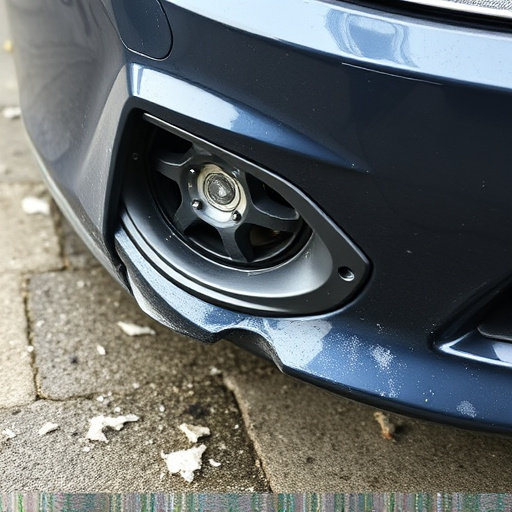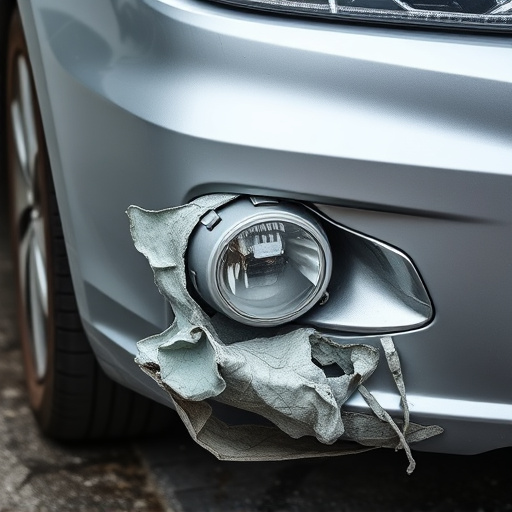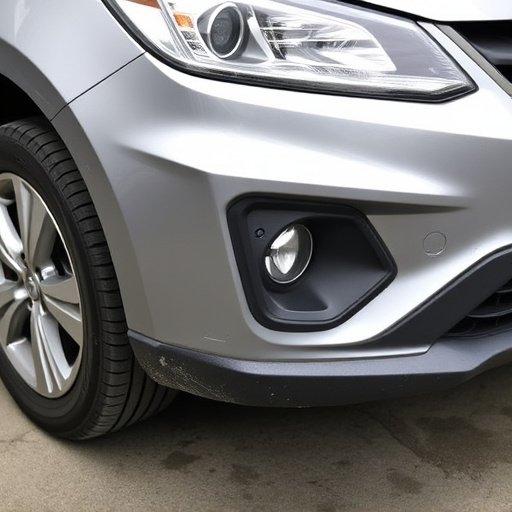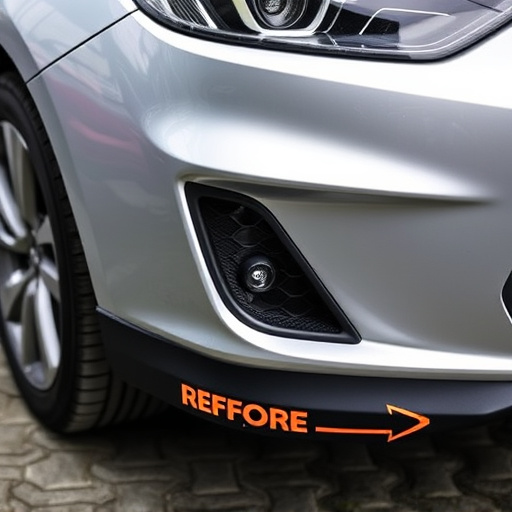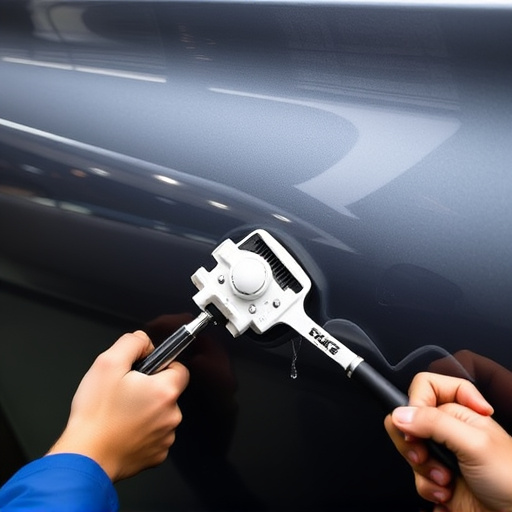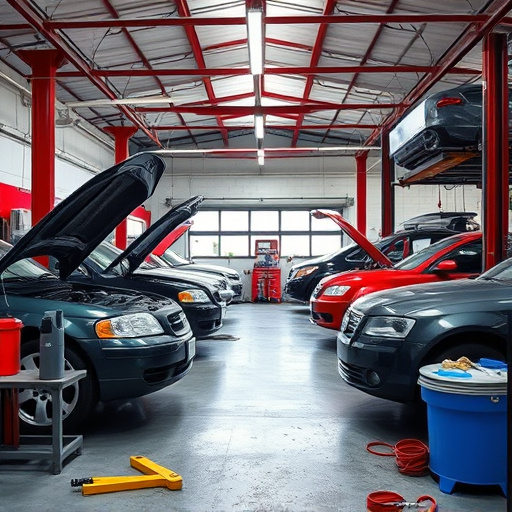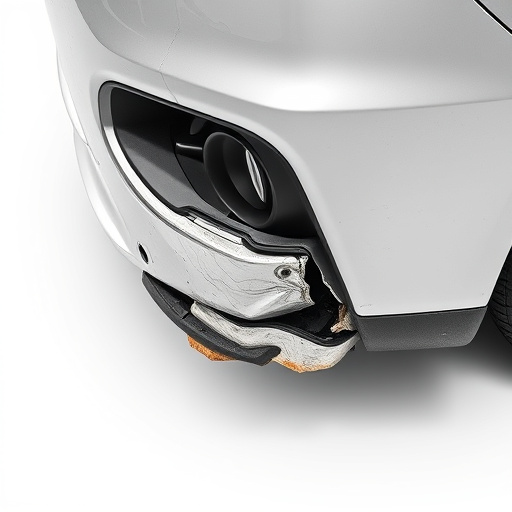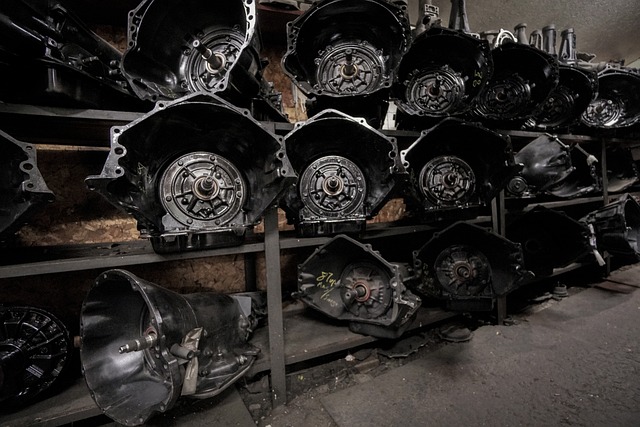Out-of-pocket repair costs vary based on damage extent, repair type (routine vs. unexpected), location, insurance coverage, vehicle age and make. Regular maintenance checks, including tire services for safety and longevity, can help mitigate these costs for all vehicle types.
Unforeseen repairs can significantly impact your finances. This comprehensive guide is designed to demystify out-of-pocket repair costs, empowering you with knowledge to make informed decisions. We’ll explore essential aspects like understanding these costs, factors influencing expenses, and effective strategies to minimize unexpected bills. By the end, you’ll be equipped to navigate repairs with confidence, ensuring your wallet stays protected.
- Understanding Out-of-Pocket Repair Costs
- Factors Influencing Out-of-Pocket Expenses
- Strategies to Minimize Unexpected Bills
Understanding Out-of-Pocket Repair Costs

Out-of-pocket repair costs refer to the expenses that vehicle owners are responsible for covering during the repair process. This includes costs beyond what insurance covers, such as deductibles and damages not fully covered by collision or comprehensive insurance policies. Understanding these costs is crucial when navigating auto glass replacement, collision damage repair, or car dent repair.
By being aware of out-of-pocket expenses, drivers can better prepare for potential repairs, avoid financial surprises, and make informed decisions regarding their vehicle’s maintenance. It’s important to remember that while insurance policies offer protection against major repair costs, they often have limitations and exclusions. Therefore, knowing your policy details and understanding the common out-of-pocket charges associated with various types of auto repairs is essential for every driver.
Factors Influencing Out-of-Pocket Expenses

Several key factors significantly influence out-of-pocket repair costs for vehicle owners. First and foremost, the extent of damage plays a pivotal role. Minor dents or scratches will generally incur lower repair expenses compared to more extensive collision damage or complex car body repairs. The type of repair needed also matters; routine maintenance tasks like oil changes or tire rotations typically have fixed costs, while unexpected issues such as auto glass replacement due to shattering or cracking can vary widely in price based on the specific part and labor required.
Additionally, the region where you seek collision repair services can dramatically affect out-of-pocket expenses. Local market competition, cost of living, and labor rates all contribute to varying prices for identical repairs. Insurance coverage is another critical aspect; comprehensive or collision coverage may significantly reduce out-of-pocket costs by covering a portion or all of the repair bills, whereas deductibles will impact how much you pay upfront. Lastly, the age and make of your vehicle can introduce unique considerations, as older models might have limited availability of replacement parts, potentially driving up auto glass replacement or other specialized repair costs.
Strategies to Minimize Unexpected Bills

Unexpected out-of-pocket repair costs can be a financial burden, especially when they creep up on you. However, there are several proactive strategies to minimize these surprise bills. Regular maintenance checks can prevent costly issues down the line. Staying on top of tire services, for instance, ensures your vehicle’s safety and longevity, warding off sudden flat tires or wheel-related damage that could require extensive collision damage repair.
For classic car enthusiasts, regular cleaning and inspection are crucial. This includes examining every nook and cranny for signs of rust or potential mechanical failures. Early detection can make repairs less intensive and costly. Additionally, keeping detailed records of service history helps in budgeting and planning for future maintenance, ensuring that unexpected out-of-pocket repair costs are kept at a minimum.
Out-of-pocket repair costs can be unpredictable, but with a solid understanding of influencing factors and proactive strategies, you can minimize their impact. By being informed about potential expenses and taking steps to budget accordingly, you’ll be better equipped to handle unexpected repairs without the financial strain. Remember, awareness is the first step towards managing out-of-pocket repair costs effectively.
